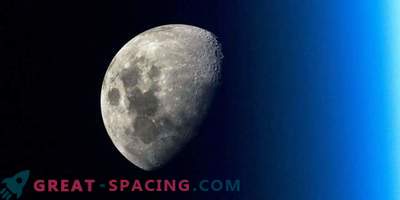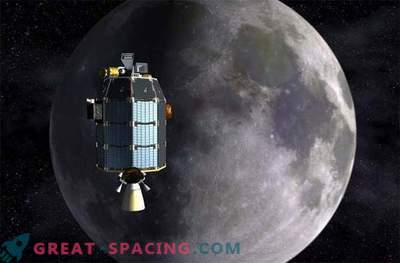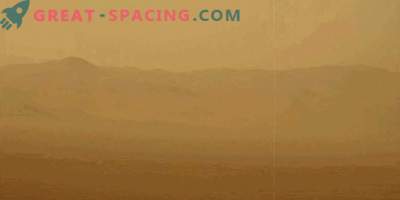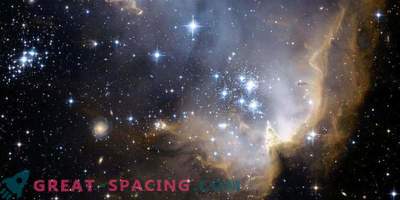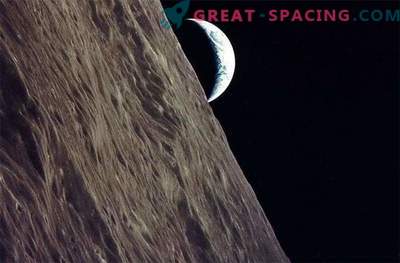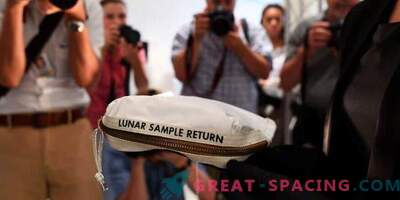
Geologist and astronaut Harrison Schmitt (pilot of the Apollo 17 lunar module) uses a scoop to collect samples in order to study lunar samples in December 1972. It is clear that moon dust clings to the astronaut costume
New studies show that future lunar colonists may suffer from bronchitis and other health problems due to inhalation of small particles from the surface of the satellite. The lunar soil model has displayed its toxicity to cells of the mouse and human brains. Approximately 90% of human lung and mouse neurons died under the influence of dust particles.
It turns out that the inhalation of toxic dust even in small quantities is a danger to the health of future lunar, Martian and other planetary researchers. Moon dust causes reactions similar to the seasonal fever that has arisen among members of the Apollo mission. Dust causes inflammation in the lungs, which increases the risk of other diseases, such as cancer.
Early warning of toxicity
The moon has no atmosphere, so its soil is constantly bombarded by charged particles from the upper layers of the sun, which are released into space. They charge the lunar soil, making it electrostatic.
When the American astronauts of the Apollo mission arrived on the satellite, they brought the lunar soil into the command module, because it stuck to their spacesuits. After inhaling the fine dust, the Apollo 17 astronaut Harrison Schmitt began to sneeze, his eyes were watering, and his throat was sore. These symptoms did not last a lifetime, but scientists are interested in how lunar dust can affect astronauts' health during a long stay on the moon. Early studies have shown that toxic dust from terrestrial volcanic eruptions, dust storms and coal mines can lead to bronchitis, intermittent breathing, eye irritation and scarring in lung tissue.
Dust particles are able to accumulate in the respiratory tract, and the smallest penetrate into the alveoli (tiny sacs where carbon dioxide is replaced by oxygen). Moreover, dust can damage DNA cells, lead to mutations and cancer.
Cells with dust particles
The new study used human lung cells and mouse brain cells. Lunar samples are not enough for everyday experiments, so for now they have used earth dust, which resembles lunar toxicity. Cells were grown under controlled conditions and exposed to various types of dust.
It turned out that all types of imitators kill or damage DNA to a certain extent. The dust is ground to a state of powder, which destroys up to 90% of both types of cells. The simulators killed human cells so effectively that the researchers could not fix the DNA damage for a long time.
The analysis shows that the lunar soil can lead to problems in human health if the astronaut spends a long time on the satellite.
